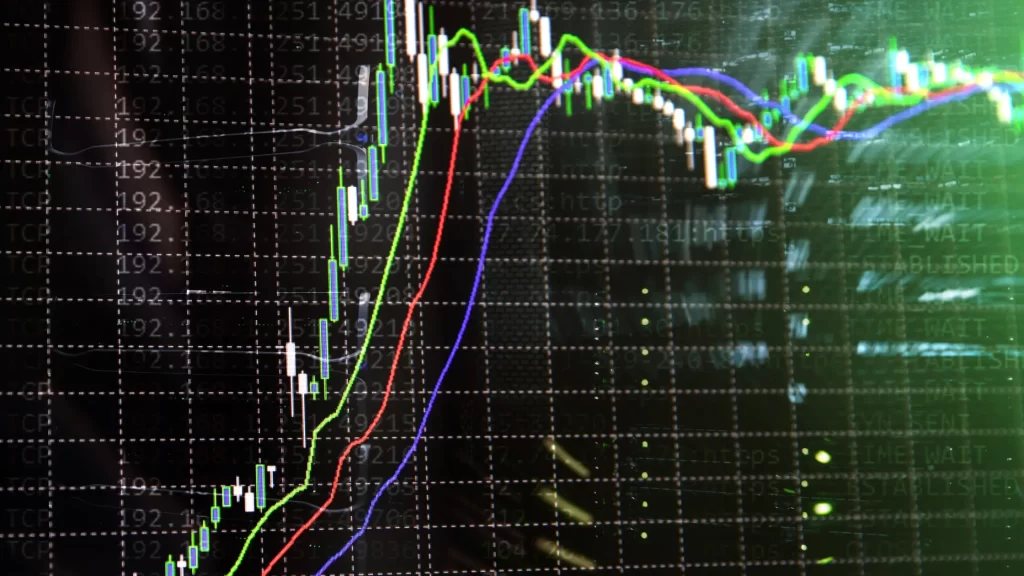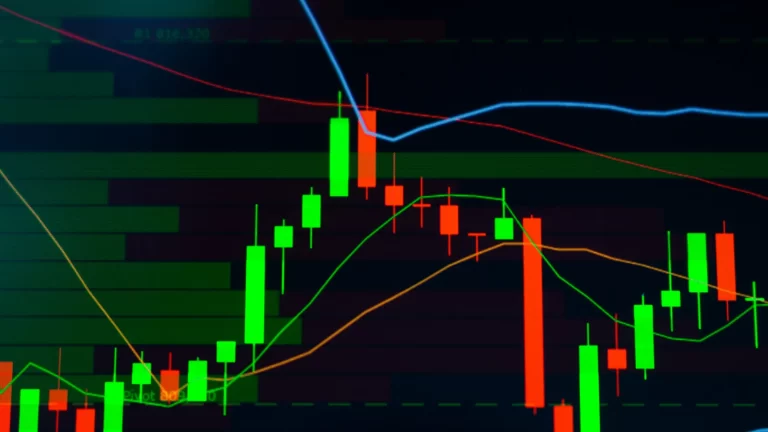How to Develop High-Frequency Trading Algorithms for Crypto

High-Frequency Trading (HFT) has transformed financial markets by leveraging speed, automation, and sophisticated algorithms to capitalize on fleeting price discrepancies. In the volatile and rapidly evolving cryptocurrency market, HFT offers an opportunity for traders to execute numerous transactions within milliseconds, capturing small price movements that can add up to significant profits. This article provides a detailed guide to developing HFT algorithms for crypto trading, covering essential aspects from hardware requirements to strategy development and performance evaluation.
Hardware and Software Requirements
To succeed in HFT, a robust and efficient hardware and software setup is crucial.
- Hardware: High-frequency traders need low-latency, high-speed hardware. This includes powerful processors, ample RAM, and fast storage solutions like SSDs. Co-locating your servers with exchange servers can drastically reduce latency, giving you a competitive edge.
- Software: The choice of software is equally important. Programming languages like C++ are preferred for their speed, but Python is also widely used due to its extensive libraries such as NumPy, Pandas, and SciPy. Additionally, specialized HFT platforms and trading engines can be employed to streamline development and execution.

Data Feed Management
Real-time data is the foundation of any HFT strategy. Efficient data feed management ensures that you receive and process market data with minimal delay.
-
Data Sources: Subscribe to high-quality, real-time data feeds from reliable cryptocurrency exchanges. Ensure that these feeds provide comprehensive data, including price, volume, and order book details.
-
Latency Reduction: Minimize latency by using direct market access (DMA) and colocating servers as close to exchange servers as possible. Implementing robust data handling pipelines ensures rapid processing and minimal delays.
Strategy Development for HFT
Developing effective HFT strategies involves understanding market microstructure, choosing appropriate strategies, and designing efficient algorithms.
-
Market Microstructure Analysis: A deep understanding of the crypto market’s order book dynamics, liquidity, and trading volumes is essential. Analyze how orders are matched, the impact of large orders, and the behavior of other market participants.
-
Strategy Selection: Common HFT strategies include market making, arbitrage, and momentum ignition. Each strategy has its unique requirements and risk profiles. Market making involves providing liquidity and earning from the bid-ask spread, while arbitrage exploits price differences across different exchanges. Momentum ignition involves initiating trades that trigger larger market movements.
-
Algorithm Design: Design algorithms that can identify trading opportunities based on your chosen strategy. Ensure these algorithms are optimized for speed and efficiency to handle high transaction volumes and execute trades swiftly.
Latency Optimization Techniques
Reducing latency is critical for HFT success, as even microseconds can make a difference.
-
Code Optimization: Write efficient, low-latency code by avoiding unnecessary computations and using optimized libraries. Consider using lower-level programming languages where speed is paramount.
-
Network Optimization: Use high-speed networks and minimize the number of hops between your trading system and the exchange servers. Employ techniques like kernel bypass and hardware accelerators to reduce network latency.
-
Hardware Acceleration: Utilize hardware accelerators such as Field-Programmable Gate Arrays (FPGAs) to speed up critical parts of your trading algorithms, reducing processing time significantly.
Regulatory Considerations
Compliance with regulatory requirements is essential in HFT to ensure legal and ethical trading practices.
-
Market Manipulation: Ensure that your strategies do not engage in market manipulation or other illegal activities. Stay updated with regulations to avoid unintentional violations.
-
Reporting: Maintain detailed records of your trades, strategies, and algorithms. Regulatory bodies may require this information for compliance checks.
-
Risk Management: Implement robust risk management practices to protect against significant losses and ensure that your trading activities align with regulatory standards.
Risk Management in HFT
Effective risk management is crucial to mitigate potential losses and ensure long-term success.
-
Position Limits: Set maximum position sizes to control risk exposure. Avoid over-leveraging and ensure that your trades are within manageable limits.
-
Stop-Loss Orders: Implement automated stop-loss orders to minimize losses in case of adverse market movements. Regularly review and adjust these orders based on market conditions.
-
Diversification: Diversify your strategies and instruments to spread risk across different assets. This reduces the impact of a poor-performing strategy or market segment on your overall portfolio.

Performance Evaluation and Metrics
Continuous evaluation of your HFT algorithms is necessary to ensure their effectiveness and profitability.
-
Latency Metrics: Monitor the latency of your trading system to identify and address bottlenecks. Regularly measure round-trip times for order execution.
-
Profitability Metrics: Track key performance metrics such as the Sharpe ratio, win-loss ratio, and average trade profit. These metrics help assess the risk-adjusted returns and overall success of your strategies.
-
Backtesting and Simulation: Regularly backtest your algorithms using historical data to validate their performance. Use simulations to evaluate how your strategies would perform under different market conditions.
Case Studies of Successful HFT Strategies
Analyzing successful HFT strategies can provide valuable insights and inspiration for your own development.
-
Market Making: Market makers provide liquidity by placing buy and sell orders. They earn from the bid-ask spread and benefit from the high volume of trades. Successful market makers analyze order book dynamics and continuously adjust their orders to maintain profitability.
-
Arbitrage: Arbitrage strategies exploit price differences across various exchanges. Traders buy low on one exchange and sell high on another, capturing risk-free profits. Effective arbitrage requires fast execution and low-latency connections to multiple exchanges.
-
Momentum Ignition: Momentum ignition strategies involve initiating trades that trigger larger market movements. By understanding the behavior of other market participants, traders can create momentum and profit from subsequent price changes.
Conclusion
Developing high-frequency trading algorithms for the cryptocurrency market requires a combination of technical expertise, market understanding, and regulatory compliance. By following the steps outlined in this guide, traders can create effective HFT strategies that capitalize on the unique opportunities presented by the crypto market. With the right infrastructure, algorithms, and risk management practices, HFT can be a highly profitable trading approach.



